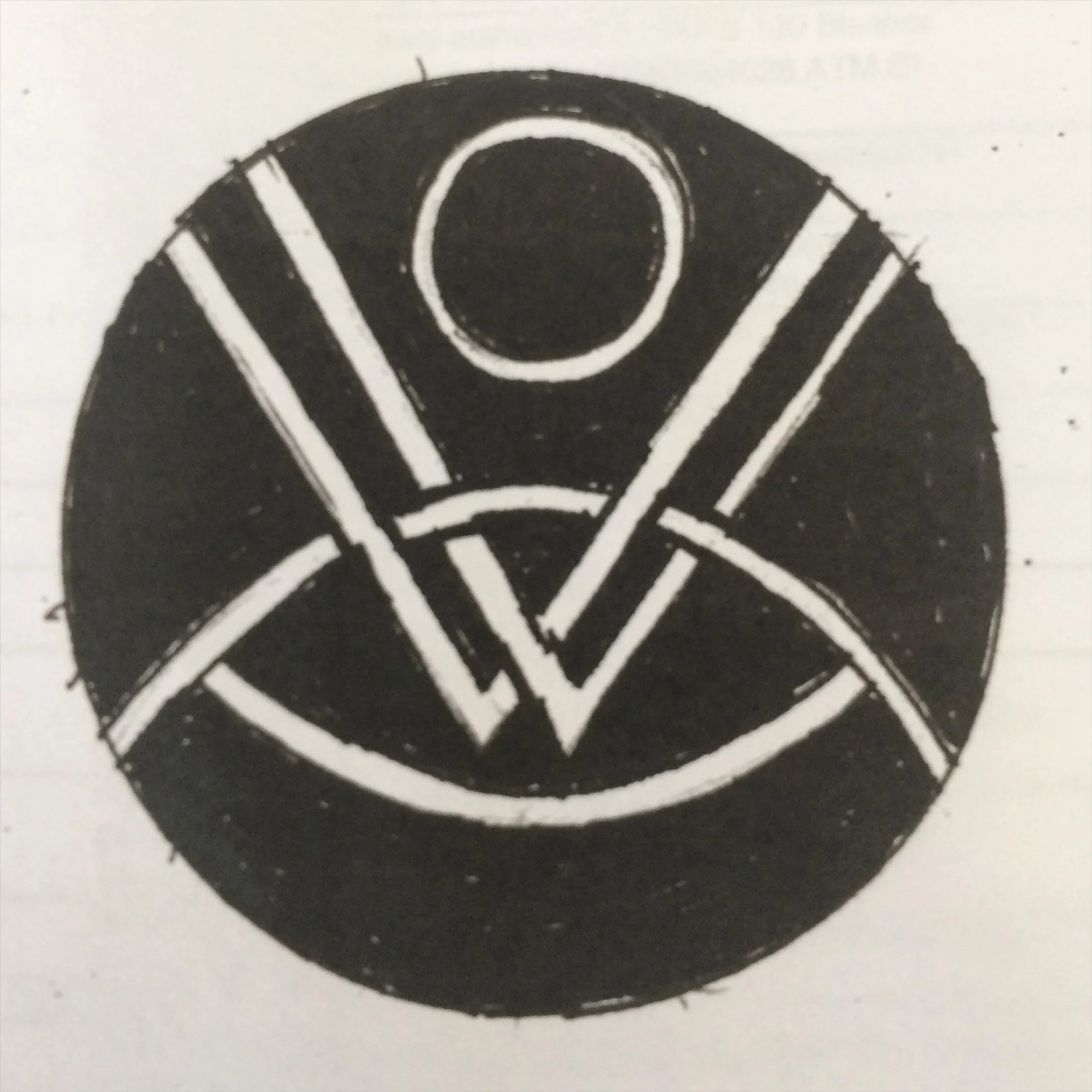Street Address
City, State, Zip
Phone Number
Your Custom Text Here

Your Custom Text Here
(Note: Hunting Drums: First Movement was originally installed/performed April 2018 at Black Mountain College as part of ReHappening Festival, Asheville NC)
Hunting Drums is a performative/interactive “open set” performance piece consisting of bows, arrows, mallets, drums, cymbals, and a gong. At the center is a large tree, or cluster of trees. This piece is not site-specific but works in specific ways depending on the site. There is no “score” or set choreography. There are only parameters of the piece: the internal rules dictated by the materials, the environment, the participants and their particular dispositions. Duration may vary, depending on stamina of participants. This piece places the participant at an intersection between sports, warfare, sculpture and performance; to be the archer, the hunter, the spectator and the drummer simultaneously.
Mallet heads (from a drum stick) are fastened to the end of nine arrows. A tuned bass drum is mounted (and mic-ed*) in a tree at least six feet from the ground. Around this drum a snare, tom and floor tom are similarly mounted, heads facing out. Cymbals and tambourines are hung at various points throughout the branches. A single gong is hung from the highest point possible. This array may be expanded depending on the tree and drum pieces available. A perimeter is mapped out with white rope so that passing spectators do not wander onto the shooting range or behind the tree when the piece is active.
In the original iteration the piece was primarily interactive, with participants lining up and (under direction by the author) taking turns using the bows to shoot mallet/arrows at the drums; sometimes missing, sometimes hitting their mark, and sometimes ricocheting wildly so as to create a polyrhythmic (and completely unintended) effect.
A sculptural work incorporating televisions and a video camera and furniture. A miniature television set is mounted on a wooden shelf approximately 71” in height. Its screen is pointed at the floor, its body is stripped of its outer casing exposing the wiring and cathode tube within. It is tuned to multiple static stations, which are alternated throughout the piece’s duration. Mounted two shelves below the mini-TV is a VHS camera, lens pointed directly at the screen of the TV. Like the mini-TV, the camera has been stripped of its casing. The camera feeds this image of the mini-TV’s static to a second full size television that has been stripped of its casing and embedded in the seat of a wooden chair.
All materials were found in second-hand shops and/or trash piles in and around Manhattan NY.
This is an elegy for the ghosts and phantom energies embedded in the island. The signals that the TV is searching for are no longer available since the systematic rise and dominance of cable/digital/online entertainment. The TV tries in vain to access these signals and has only its own inner machinations to report. The camera attempts to translate these images into something that will perhaps capture our attention. By feeding them to the makeshift piece of “televisual furniture”, the image is dulled into a pulse which reveals a hidden distortion that exists in the original static image. These televisual “translations” through pixelated distortion could be classified as phenomena of Nature; an example of a technology running to the edge of its own built-in parameters and bleeding out beyond them. The parameters of the TVs and the camera (both physical and philosophical) have been removed and/or repurposed in the piece in order to allow the natural elements of each to become dominant.
A series of sculptural pieces utilizing late 20th century musical formats and hardware that are now considered extinct or anachronistic. Repurposed, recontextualized and recycled as an expression of defiance against the “designed obsolescence” method of consumerism embodied by the modern era of products from Thomas Alva Edison’s light bulb to Steve Jobs’ iPhone. Music media especially has gone through a rapid process of innovating and promoting new formats while vehemently proclaiming the previous format technologically inefficient, materially unreliable and culturally passe. The drive behind this, it could be argued, springs from either our desire for newer, shinier, more advanced things to populate/define our lives/lifestyles, or is the explicit mission of the companies and corporations whose livelihood depends on such a cyclical system of disposability. Each piece confronts these ingrained cycles, the cultural/technical history, the physical possibilities and the limitations of the format and enters into dialogue with it. Stripped of it’s original purpose it is either given a new function as a practical/decorative object or pushed further towards useless dysfunction to the point of absurdity...
Black Ball Projects :
https://www.blackballprojects.com/16invertedobsolescencejohnpugh
The Fucking New Yorker:
https://www.newyorker.com/goings-on-about-town/art/john-pugh